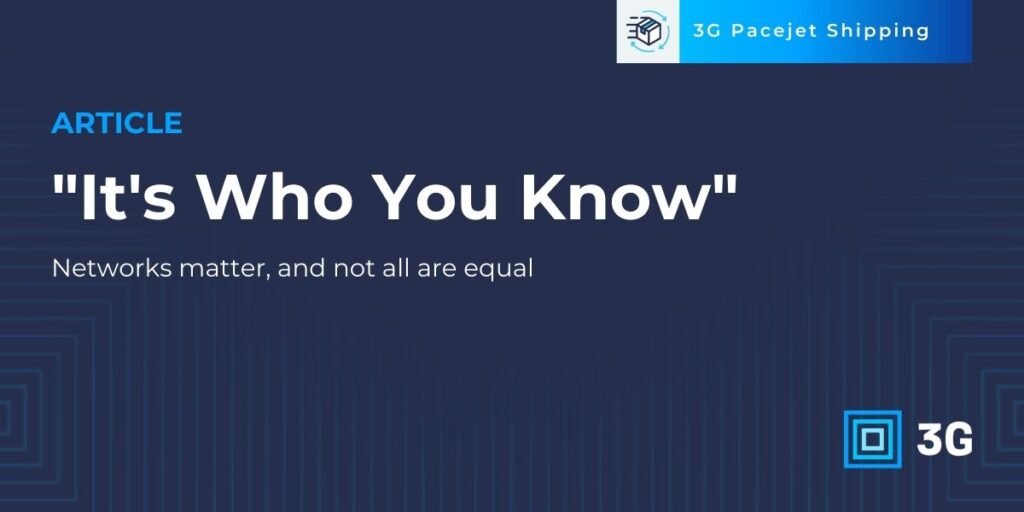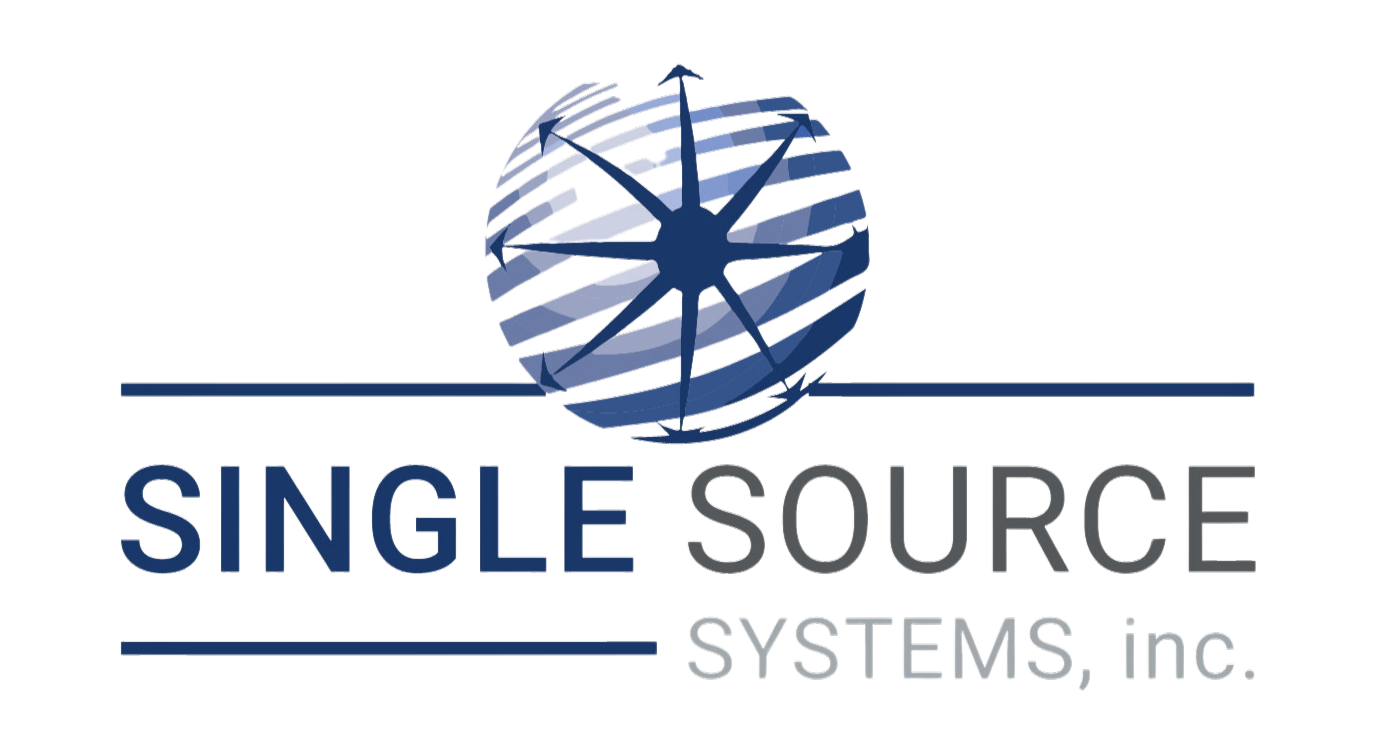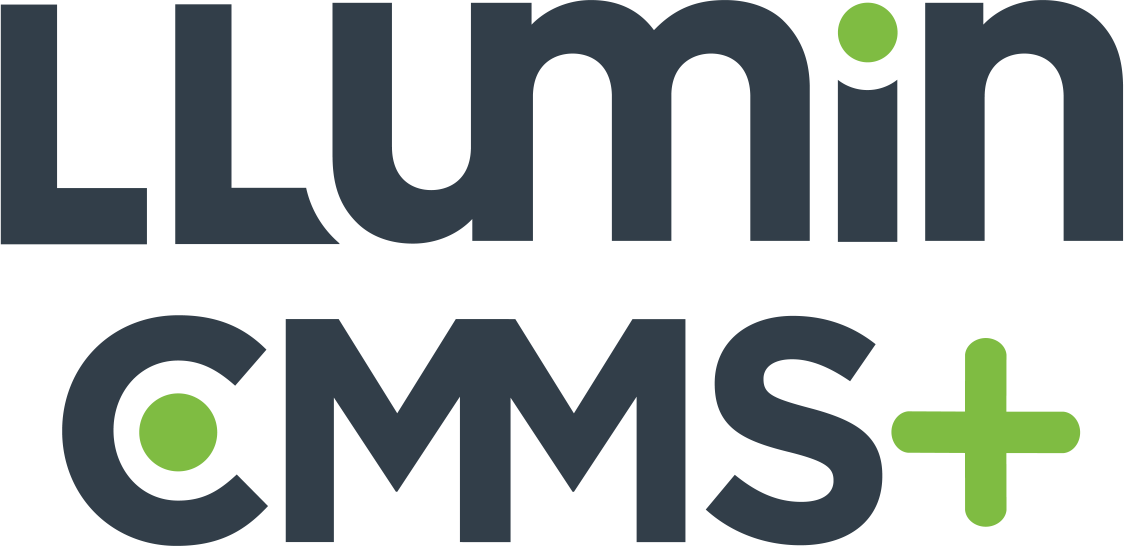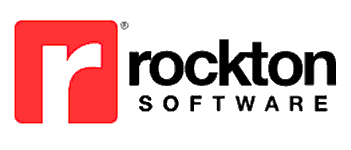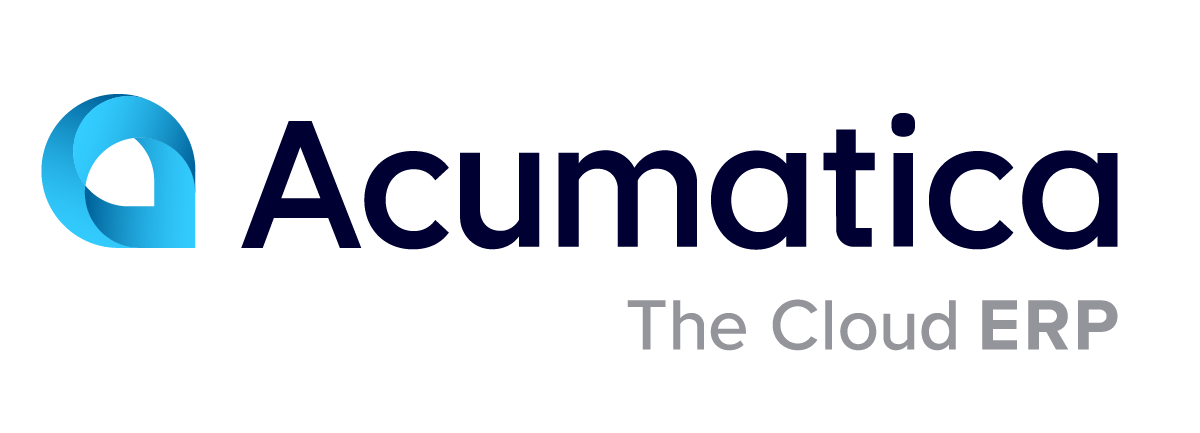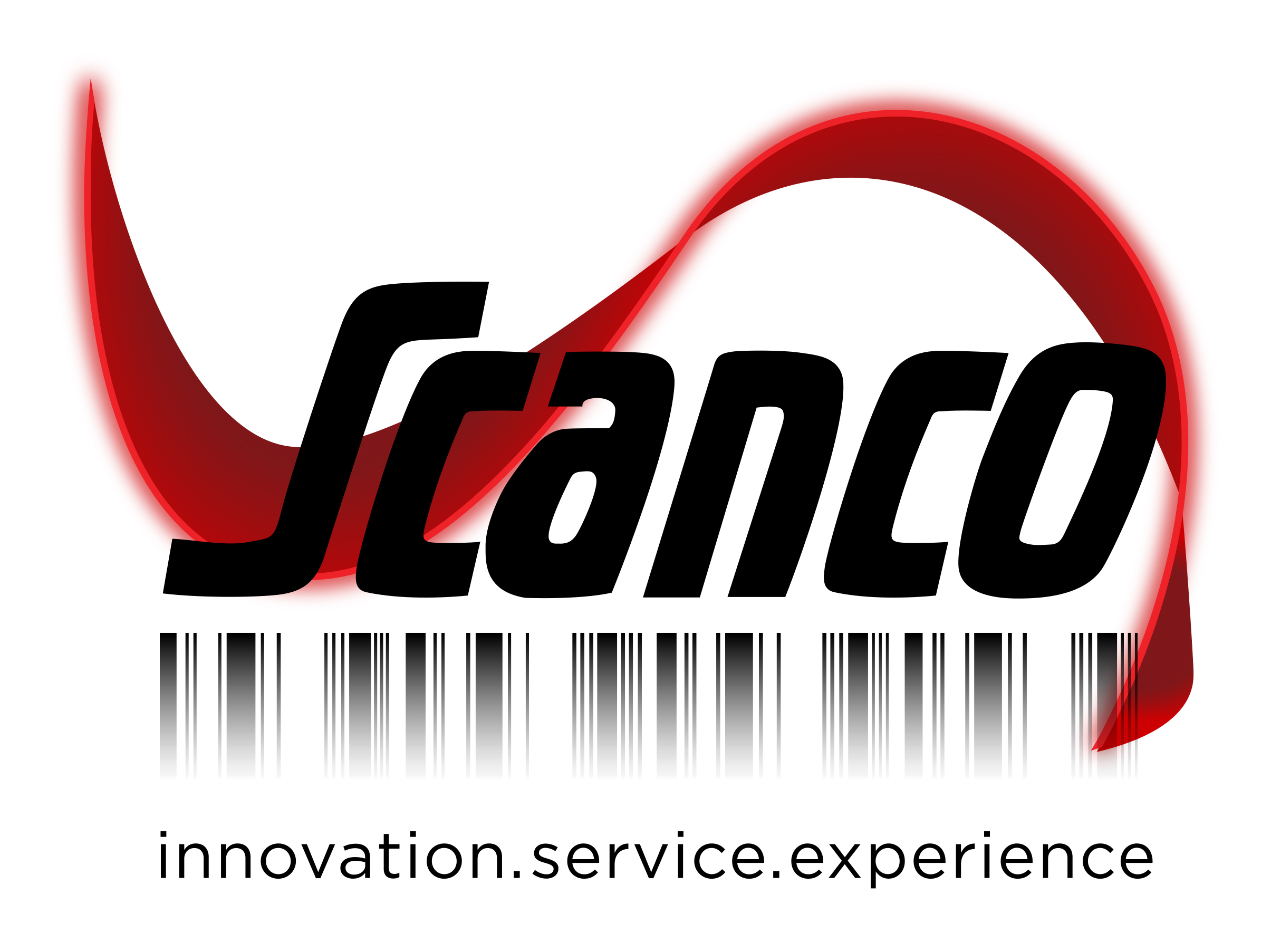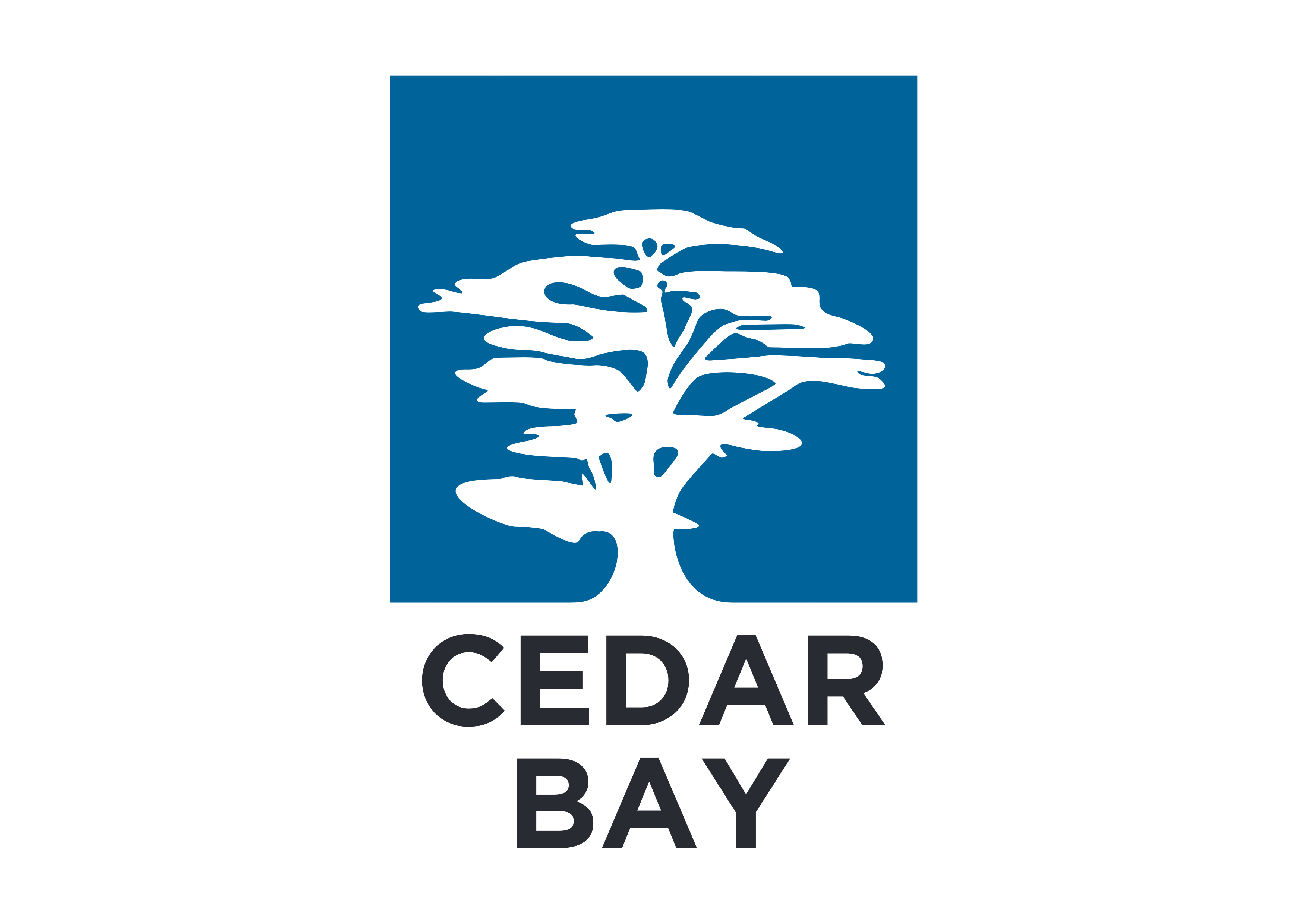Networks are important, but not all are created equal.
Lots of software “does shipping” but the carrier network available to actually transport customers’ goods varies widely depending on the vendor.
They say it’s all about “who you know” which is just another way of saying that success will be largely determined by the size and quality of your network. Nowhere could that be more true than in shipping. Manufacturers, distributors, and retailers needing to move goods need a carrier network they can rely on – one that can handle every shipment, every time. Successful businesses have built their network of carriers, but the question becomes whether their selected shipping software has an equally good network, allowing them to actually use those carriers. Here, we will discuss the importance of evaluating the carrier network that comes with any shipping software, and what to look out for when:
- Confronting uncertainties that threaten access to modes or capacity
- Determining the optimal way to ship each and every order
- Taking full advantage of ERP capabilities when shipping
Uncertainty. Even if your carrier partners have always delivered exemplary results, anyone in logistics knows to always expect the unexpected. When economic climates, or carrier-specific issues, force you to turn elsewhere, it’s a source of significant stress. When arranging contracts with new carriers, for parcel or freight transportation, the last thing you want to have to worry about is how to actually work with them via your shipping software platform. That’s why it’s important for your shipping software to have a broad, dense network of carriers already onboarded. The more powerful that network, the less work there is to be done when adding a carrier, and the faster you can get back to shipping as usual.
Optimization: How often do you find yourself guessing what mode and carrier will provide the best price for shipping an order? If that is a frequent occurrence, you’re hardly alone. It can be especially difficult when you are not using a single system with all utilized carriers as part of a single network. The best shipping software will allow cross-carrier rate shopping but in order to actually use that functionality, the underlying carrier network has to have all of your carriers as part of it.
Interoperability: Most likely, a big part of the reason you selected Acumatica as your ERP is to add efficiency and/or scale to fulfillment operations. Its cloud-based architecture and vast integration partner library makes it an ideal choice. However, you can only realize the full benefits if you can access all of your shipping workflows through the ERP. A carrier network really begins to shine when it is part of a system that provides complete Acumatica interoperability – allowing you to ship with any of your contracted carriers, find the optimal mode & rate, and tender the shipment – within the Acumatica interface. That’s not only a question of the carrier network, but the priority your shipping software partner has placed on the strength of its ERP connections.
If you’re shipping goods, the quality of your carrier network – the collection of carriers, modes, and capacity represented – is what your fulfillment will struggle or thrive on. The ability to actually access that network all depends on the shipping software you use, and how well it integrates with your Acumatica deployment.


